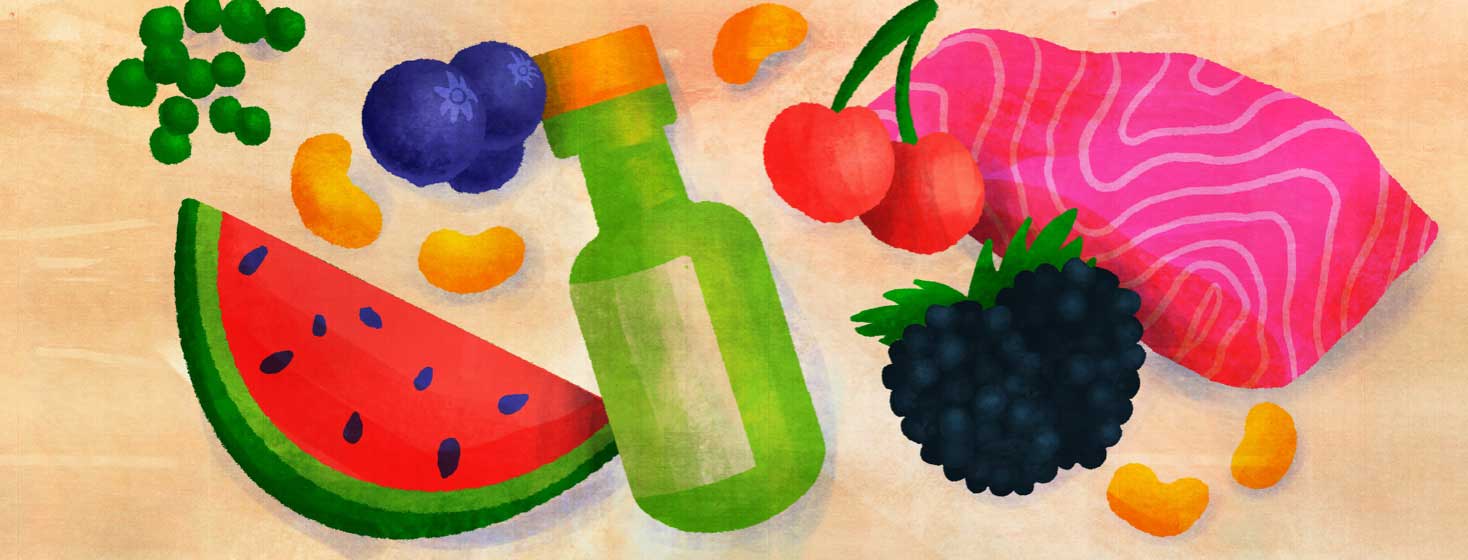Cooking with Heart Failure
Let's talk about eating! After my diagnosis of heart failure, it became a complex subjection. The sodium restrictions are no joke, and make feeding yourself much harder, given the high sodium content in prepared, canned, and prepacked foods. Even when I go to my heart failure appointments, one of the questions on the questionnaire that the doctor reviews is how many times a week you are eating out or eating premade foods. I get it, salt makes our heart have to work harder which is no good.
Complications, limitations, and more effort
Not only that, when you have sodium restrictions, it is not just home cooking that is required - it is LOW SODIUM home cooking. This means that you have to look at the sodium content of the foods that you are using in your cooking! Spaghetti sauce, for example, can often contain 430 mg of sodium per serving. Flour tortillas and sandwich bread can also contain a great deal of sodium, as well as the sandwich meat itself! Cheese is high in sodium no matter how you crack it. So, the task is more complex because you have to plan and source your means carefully in addition to the actual cooking and clean-up!
For example, to obtain the lowest sodium foods but also keep within my budget (as medical expenses and prescription drug expenses also shot UP post-diagnosis, let alone having to take a step back workwise) often involves going to multiple grocery stores on a regular basis to get the low sodium specialty foods at the more artisanal grocery stores while sourcing the cheapest options for produce, rice, beans and other staples to save money that way.
Not to mention, as the work required has gone up given the amount of mental effort in planning and the physical effort in sourcing and preparing on a regular basis, you are also dealing with reduced energy levels due to fatigue. Also, if it is really hot or really cold you might have to limit your trips outside as well.
Lastly, you might also have weight restrictions, especially in hot or cold weather, and the idea of carrying a bunch of grocery bags in one trip is tough. If you do not have someone to help you unload the car that makes life much tougher. But again, you are also limited on how much you can door dash as restaurant/premade food can contain very high levels of sodium. While restaurants may advertise gluten-free, vegan options, I have yet to see a low sodium option anywhere!
So first of all, to anybody who has people in their lives who do not "get it" you have my sympathy and you are not crazy. Eating is a tough subject as a heart failure patient. I would encourage you to try and tune out people's comments who do not understand the ins and outs of your life.
Also, here are a few tips I've picked up along the way to try and help!
4 Helpful tips for cooking with heart failure
- Cook in bulk so you can have leftovers to eat- this can be very helpful. If you have tried the delivery services where they deliver the ingredients to your door, in addition to most of them being high in sodium (in my experience) there is the other issue of not enough food to give you substantial leftovers.
- Use a slow cooker if possible. We have a slow cooker that is easier. You chuck your ingredients in there and it does its thing. While it is limited to stews, for example, there is less food prep. You can also make it in bulk. My boyfriend will make a low sodium burrito-like mixture that I can eat, then he uses it to put into a flour tortilla wrap with cheese, etc. Anything that you can eat that a partner can use as a base for something else is terrific.
- Try to dilute things when you can. For instance, as stated spaghetti sauce can have a ton of sodium. I have started using some of it and diluting it with high-quality olive oil and fresh tomatoes so there is flavor but less sauce. Same thing with salad dressing! I have found red peppers in garlic olive oil, and by using some of that oil, I can use less salad dressing (which can contain a lot of sodium) to still have a well-dressed salad. Also, using almond slices as the crunchy component can save on the sodium found in traditional croutons.
- Use fresh produce when possible! Any sides involving fruits and veggies that you can have around is great as they are naturally no sodium. For instance, we found a terrific mint watermelon salad that we have made this summer. Fresh produce is a terrific snack and is sodium free!
Do you have experience to share?
Do you have any cooking tricks or tips that have helped you when preparing food that meets any dietary restrictions you may have, and conserves your energy? We'd love to hear all about them!

Join the conversation